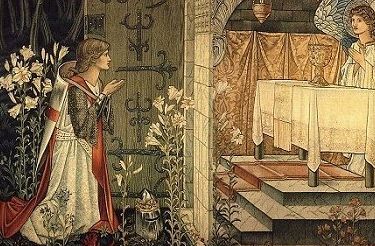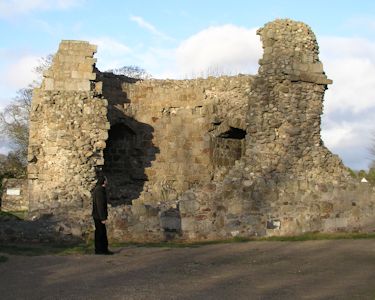Page 3 of 11
The Chalice of Magdalene
The Holy Grail and the Chalice of Magdalene
Like the Holy Grail, the Marian Chalice was a vessel that was said to have held the blood of Christ and was believed to have been hidden in Britain. These similarities between the two stories suggest that they both had the same origin. However, there is also another relationship between the two vessels. Like the Grail, the Marian Chalice was linked with the story of King Arthur and his knights. In the Arthurian story, the Grail is kept in a secret chapel in a fortress called the White Castle, in a place known as the White Town. In the thirteenth century an English knight called Fulk Fitz Warine claimed to posses the Marian Chalice. Although he did not specifically refer to it as the Holy Grail, his historical claim to have owed it may have inspired the Arthurian Grail romances of the Middle Ages. Fulk’s castle, built from light-colored stone, was known as the White Castle, and the town where the castle stands is called Whittington – the old English for "White Town."

The Grail Chapel of the Arthurian Romances. (The Attainment of the Holy Grail by Edward Coley Burne-Jones, 1898.)


The White Castle at Whittington
The ruins of Whittington Chapel
In the early 1200s Fulk Fitz Warine died; shortly after, his family was forced to leave the castle, and over many centuries it fell into disrepair. What became of the Marian Chalice remained one of England’s unsolved historical mysteries.
Much of the White Castle still survives today in the village of Whittington in the country of Shropshire in central England, and the ruined walls of the chapel where the relic was kept remain to be seen. It was here in the 1990s that Graham Phillips began his search for the lost Chalice of Magdalene.
Right: Whittington is 17 miles northwest of Shrewsbury in the county of Shropshire in west-central England. Click on the image for a map of Shropshire showing the location of Whittington Castle.









